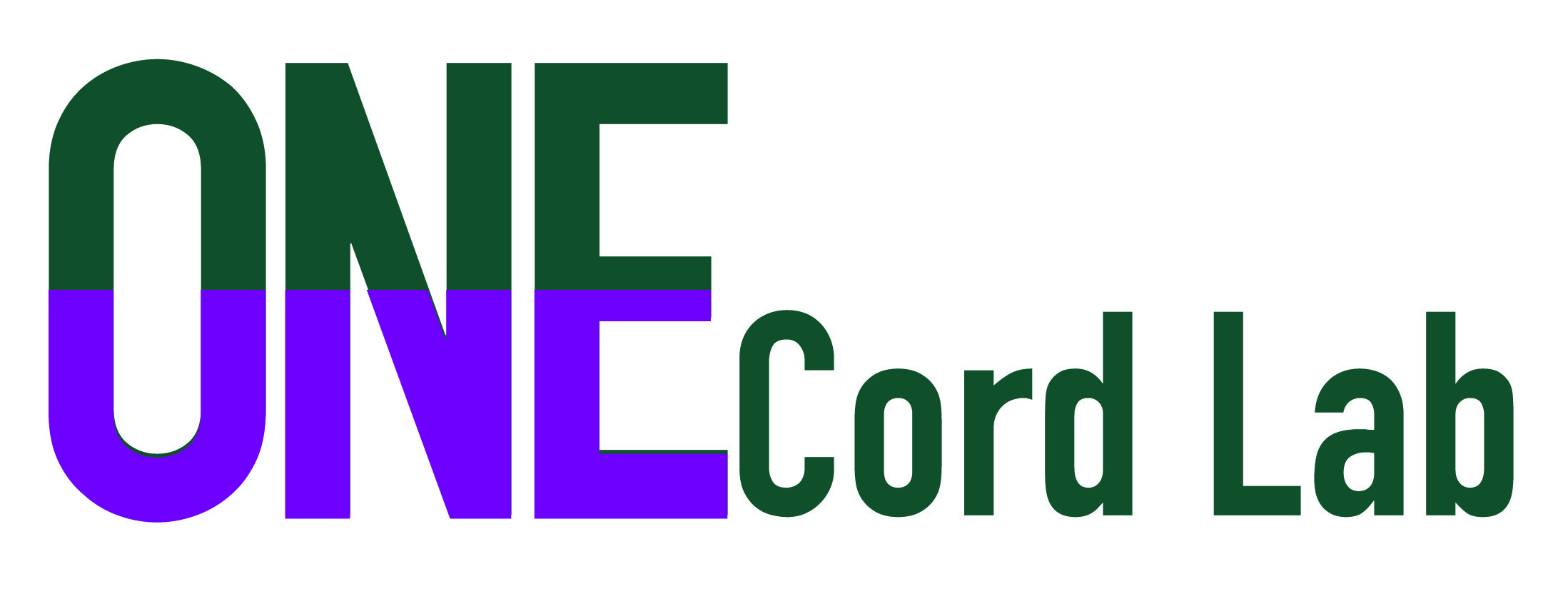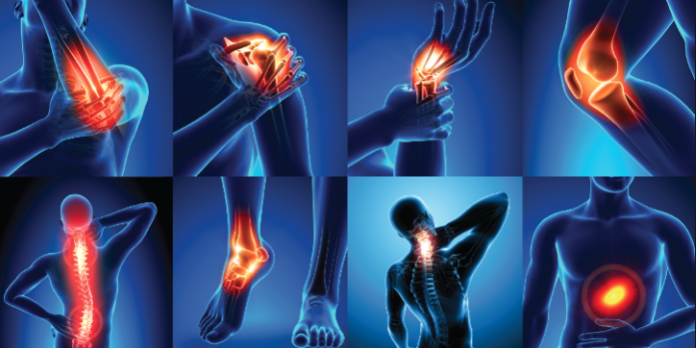Regenerative Medicine is gaining popularity, especially in orthopedics. It is also gaining attention in the sports medicine field to help athletes who have been injured and are looking to get back to playing sports. We at OneCord Lab want to help athletes get back to their favorite game. We have laid out some common sports injuries that regenerative therapy can help heal:
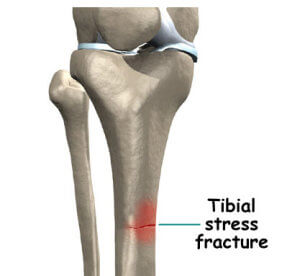 1. Bone Injuries
1. Bone Injuries
A common injury among both professional and amateur athletes is bone damage. Stress fractures caused by excessive strain on joints can lead to serious pain for even the most conditioned athletes. OneCord Lab’s regenerative therapy can help regenerate bone fractures and reduce the risk of future occurrences. OneCord Lab’s Wharton’s jelly serum introduced to the affected area can help stimulate new cells, which helps bones naturally repair themselves.
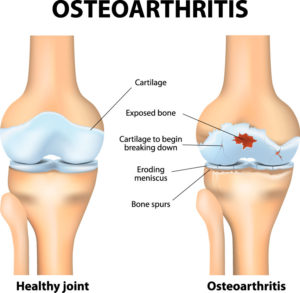
2. Cartilage Damage
Knee injuries in athletics can cause players to feel as though their game-playing days are over. OneCord Lab’s regenerative therapy can help those who have suffered damage to the shock-absorbing cartilage dramatically increase the chances of getting back to their favorite game. A key benefit is our product’s ability to repair damaged cartilage. When an athlete suffers from an injury that affects knee cartilage, our Wharton’s jelly serum can be utilized to actually rebuild the damaged cartilage, along with strengthening it to protect from future injuries.
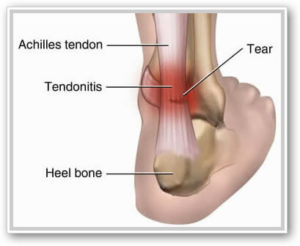
3. Damage to Tendons
Tendon damage is most likely in sports that require repetitive movements, like tennis, or sports that involve a large amount of running. Even when steps are taken to protect these tendons, the repetitive movements still pose a risk for damage that can lead to painful symptoms. OneCord Lab’s regenerative therapy can help with this tendon damage, as healthy, new cells work to return both strength and structure to the affected areas. While many areas affected by tendon damage can benefit from OneCord Lab’s regenerative therapy, it is most commonly used for damage in the elbow, bicep, and hamstring tendons.
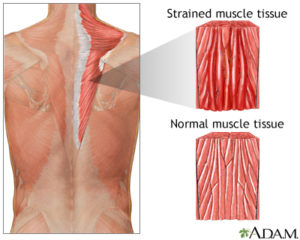
4. Muscle Injuries
The most common injuries sustained by athletes are injuries to the muscles. Before regenerative therapy, surgery was the most common way to treat severe injuries. Regenerative therapy can help athletes, suffering from muscle injuries, avoid the need for surgery. In a process called “regeneration,” we are able to treat muscle injuries by helping the body repair its own tissue. This non-surgical treatment can dramatically reduce the amount of time an athlete needs to fully recover from a muscle injury.
